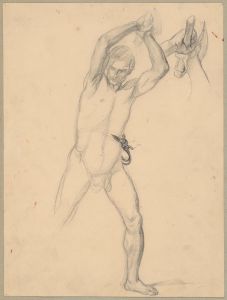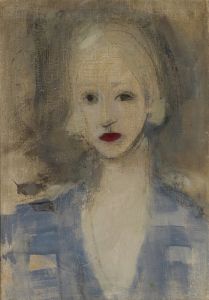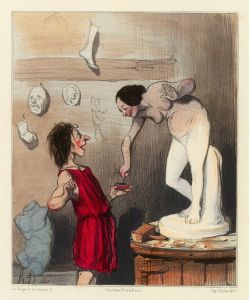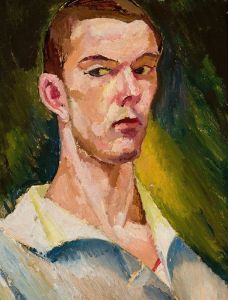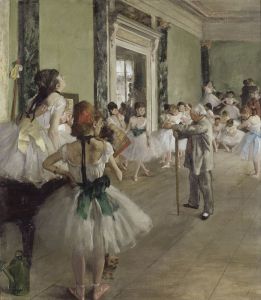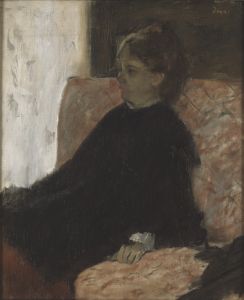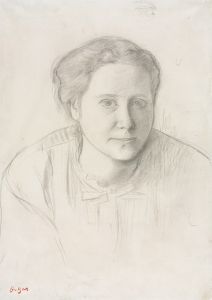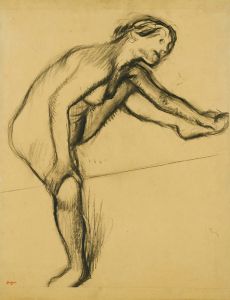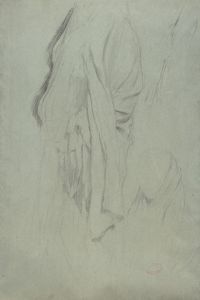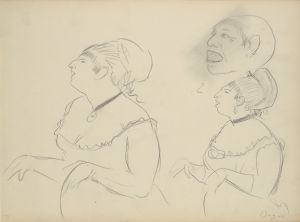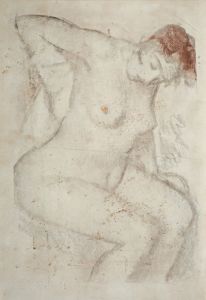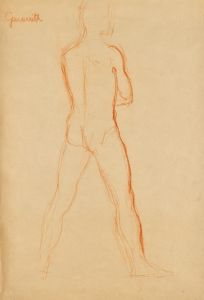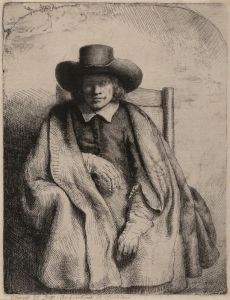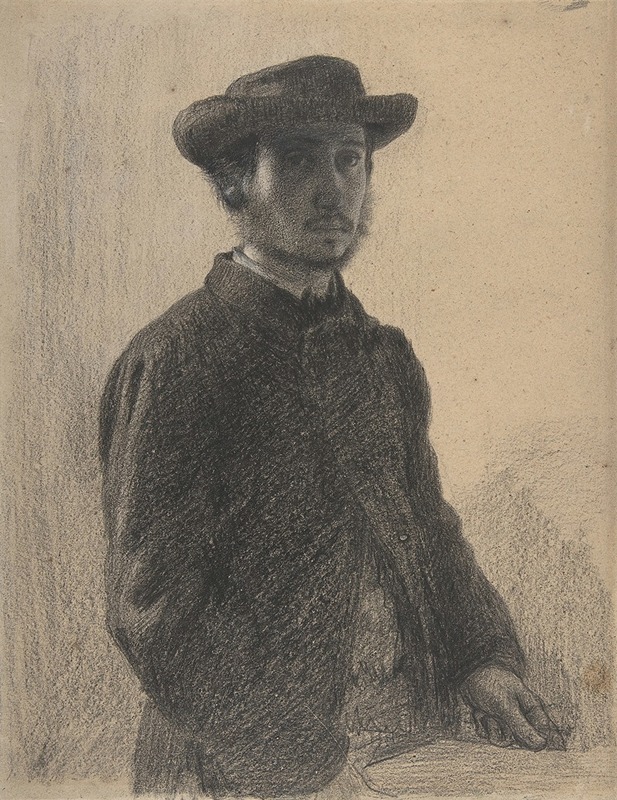
Self-Portrait
A hand-painted replica of Edgar Degas’s masterpiece Self-Portrait, meticulously crafted by professional artists to capture the true essence of the original. Each piece is created with museum-quality canvas and rare mineral pigments, carefully painted by experienced artists with delicate brushstrokes and rich, layered colors to perfectly recreate the texture of the original artwork. Unlike machine-printed reproductions, this hand-painted version brings the painting to life, infused with the artist’s emotions and skill in every stroke. Whether for personal collection or home decoration, it instantly elevates the artistic atmosphere of any space.
Edgar Degas, a prominent French artist associated with the Impressionist movement, is renowned for his works that capture the nuances of human form and movement. Among his diverse oeuvre, Degas created several self-portraits, which offer insight into his evolving artistic style and self-perception. One such work is "Self-Portrait," which, like many of his self-representations, reflects his interest in exploring identity and the artist's role.
Degas was born on July 19, 1834, in Paris, France, into a moderately wealthy family. He initially pursued law but soon shifted his focus to art, studying at the École des Beaux-Arts in Paris. His early works were influenced by classical art and the Old Masters, which is evident in the formal composition and meticulous detail of his self-portraits.
The "Self-Portrait" by Edgar Degas is believed to have been created during the early stages of his career, around the 1850s or 1860s. This period was crucial for Degas as he was developing his unique style that would later distinguish him from his contemporaries. Unlike the vibrant and spontaneous brushwork associated with Impressionism, Degas' self-portraits often exhibit a more restrained and deliberate technique, reflecting his academic training and admiration for classical art.
In his self-portraits, Degas often presents himself with a serious and introspective demeanor. This particular "Self-Portrait" is no exception, as it captures the artist with a contemplative expression, suggesting a deep engagement with his own identity and the act of creation. The use of light and shadow in the portrait highlights Degas' skill in rendering the human face, emphasizing the contours and features with precision.
Degas' self-portraits are not merely exercises in self-representation but also serve as a means of exploring the broader themes of identity and the artist's place in society. Through these works, Degas examines the duality of the artist as both an observer and a participant in the world around him. This introspective quality is a hallmark of Degas' art, which often delves into the complexities of human emotion and experience.
Throughout his career, Degas continued to experiment with different media and techniques, including painting, drawing, and sculpture. His self-portraits, therefore, offer a glimpse into his artistic evolution and the various influences that shaped his work. They also reflect his enduring interest in the human form, a theme that permeates much of his art, from his famous depictions of ballet dancers to his intimate portrayals of everyday life.
Degas' contribution to art extends beyond his technical prowess; he challenged traditional conventions and expanded the possibilities of artistic expression. His self-portraits, while perhaps less celebrated than some of his other works, are integral to understanding his artistic journey and the personal reflections that informed his creative process.
In summary, Edgar Degas' "Self-Portrait" is a testament to his skill as an artist and his introspective nature. It captures a moment of self-reflection, offering insight into the mind of one of the most influential figures in 19th-century art. Through this work, Degas not only portrays himself but also invites viewers to contemplate the broader themes of identity and the role of the artist in society.





